
Soil Health & Fertilization
We unite suppliers and green industry professionals worldwide
Lady Palms are slow to grow and adaptable, unlike some of their more high-maintenance palm varieties, so they are a popular choice for indoor spaces, shaded patios and tropical gardens.
By Victor Miller
|Published on June 17, 2025
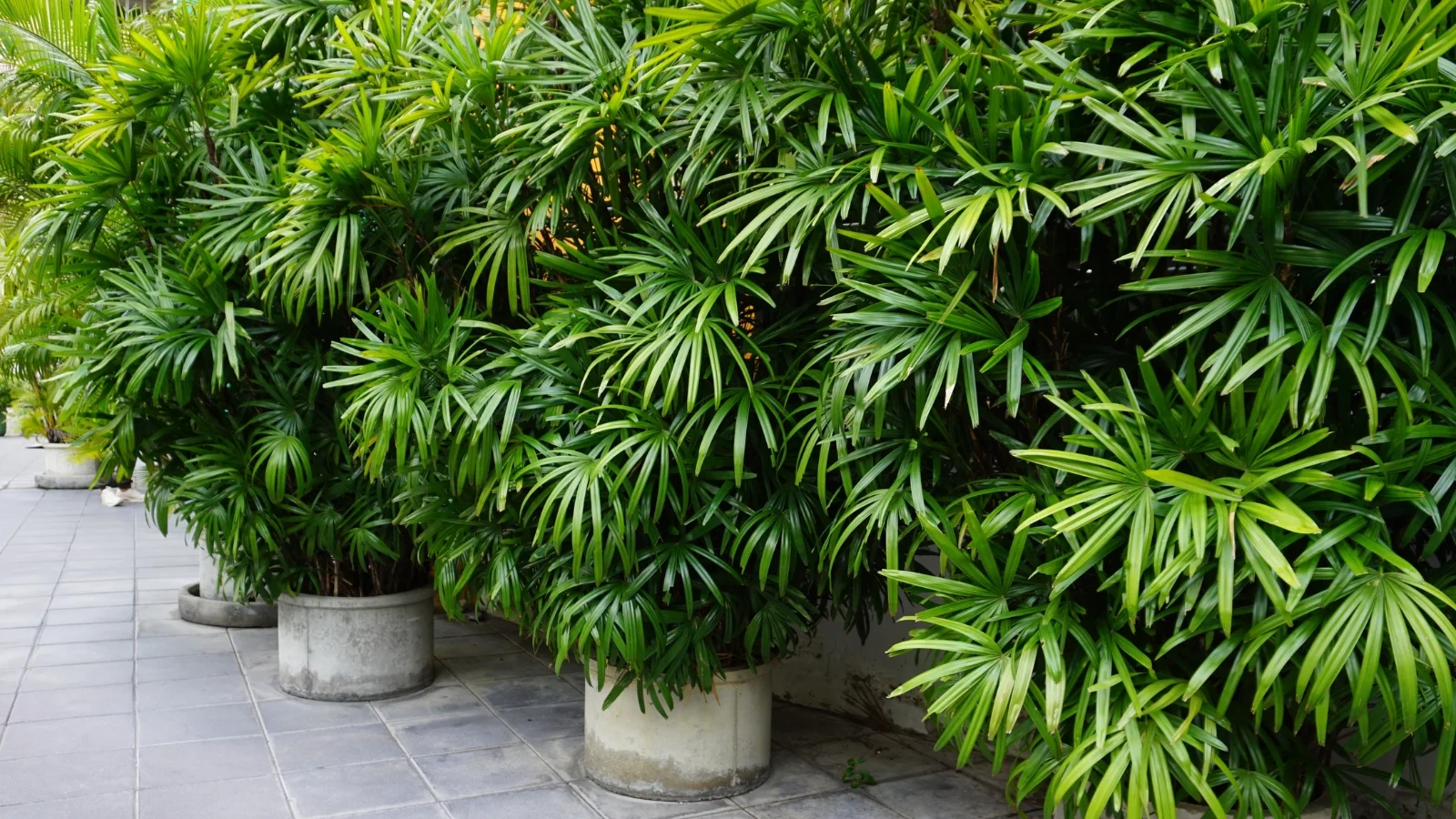

Did you know there’s a palm that grows in low light but purifies the air and gives an exotic feel to the space? Meet Lady Palm (Rhapis excelsa), a magnificent,fan-leaved plant that’s as elegant as it is effortless to care for.
Lady Palms are slow to grow and adaptable, unlike some of their more high-maintenance palm varieties, so they are a popular choice for indoor spaces, shaded patios and tropical gardens. They are beautiful plants, displaying their deep green, lustrous fronds gracefully, lending an air of calm sophistication to every environment they grace.
Whether you’re seeking a low-light houseplant or an outdoor statement piece, Lady Palm is an excellent choice. When placed in homes, offices and gardens, it brings resilience, air purification, and timeless beauty.
| Common Name | Lady Palm |
| Scientific Name | Rhapis excelsa |
| Type | Evergreen Palm |
| Height | 4-12 ft; indoors 4-6 ft, outdoors up to 12 ft |
| Spread | 2-4 feet |
| Light Needs | Indirect light to partial shade |
| Soil Requirements | Well draining, rich organic soil |
| Growth Rate | Slow |
| Hardiness Zones | 9-11 |
| Toxicity | Safe for pets and people |

September 22, 2025
9 minute read
September 19, 2025
9 minute read
September 18, 2025
10 minute read
September 18, 2025
10 minute read


Join as a seller and connect with thousands of B2B buyers nationwide!
Sign Up
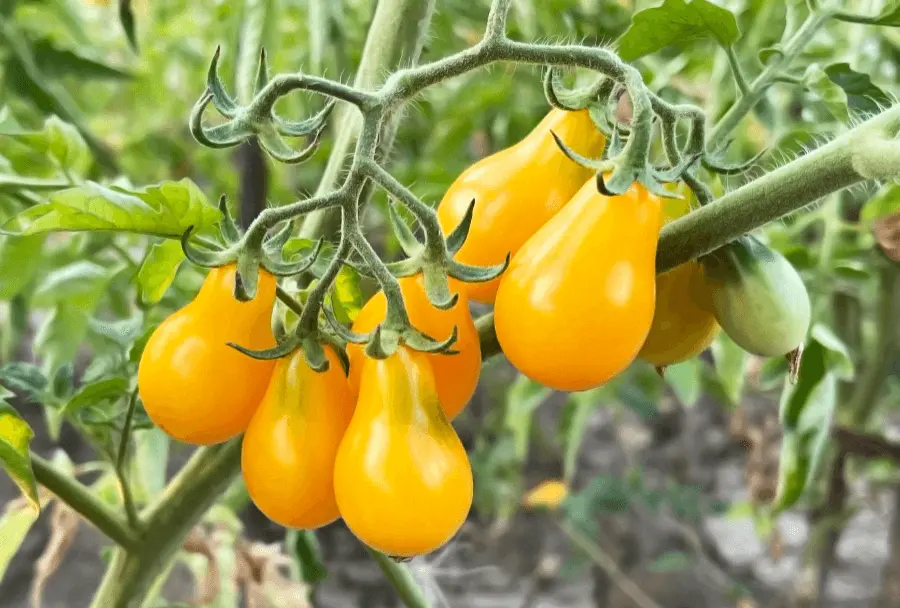
Yellow Pear Tomato
Yellow Pear Tomato – this adorable heirloom variety is mostly grape-sized with fresh yellow fruit in the shape of teardrop or tiny pears. This tomato has been passed down through generations of gardeners for its sweet flavor, prolific yield, and playful
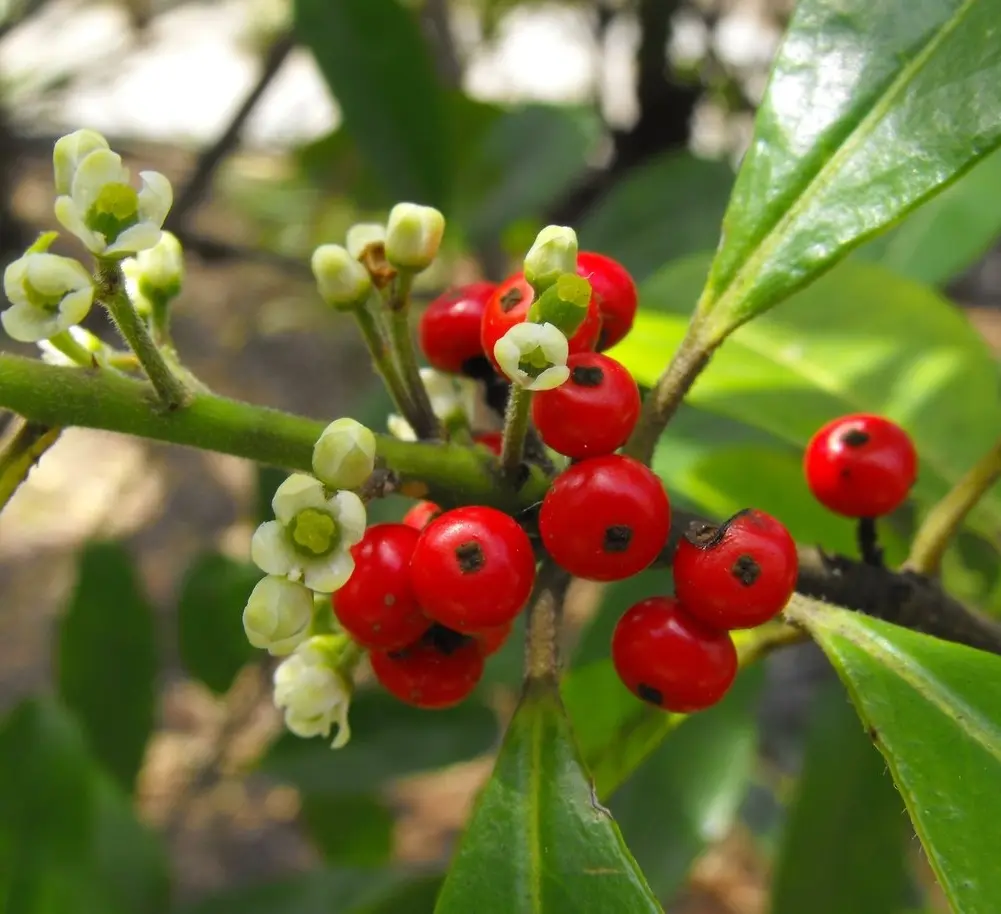
Yerba Mate
Yerba Mate is a small evergreen tree native to subtropical South America that produces leaves known for brewing a naturally caffeinated tea rich in antioxidant properties. It is not just a source of stimulating tea for growers; it also offers shiny green

Watermelon Peperomia
Watermelon Peperomia is a tropical evergreen native to South America. It’s popular because of its easy-care nature, compact growth habit and, especially, those eye-catching leaves that look like tiny watermelon skins

Lady’s Mantle
Lady’s Mantle is known for its velvety, scalloped leaves, which catch and hold raindrops as if they were liquid pearls. This old-fashioned perennial is not only gorgeous, it is extremely resilient, low maintenance and useful. It is a favorite for cottage
Lady Palms are low-maintenance plants that prefer indirect light, moderate watering and well-draining soil. They are perfect for indoor spaces and shaded outdoor areas, needing only a few basic requirements.
Lady Palms like bright, indirect light, but they can survive in low-light situations. In the outdoors, they flourish in partial shade but must be shielded from intense direct sun, which can burn their delicate leaves.
An ideal mix is well-draining peat-based soil with added organic matter. Sandy or loamy soil works well, as long as it holds moisture without becoming soggy. Stay away from heavy clay that holds too much moisture.
Lady Palms like consistent moisture but hate soggy roots. Water when the top inch of soil is dry, making sure to hydrate evenly without overwatering. Water less in the cooler months when the plant’s growth slows down.
Pruning Lady Palms is mostly about maintenance, because they are slow growing and retain a naturally graceful shape.
For a fresh appearance, remove dead or yellowing leaves at the base. If you notice brown tips, give the leaves a light trim without cutting into the green part of the leaf, as this will cause stress.
Since Lady Palms grow in clumps, older stems can occasionally be thinned out to promote better airflow and healthier new growth.
Lady Palms don’t tend to germinate from seeds well, so division is the best way to propagate.
To propagate, gently remove the palm from its container (or garden bed) and separate a propagating offshoot (pup) from the main clump. Ensure the offshoot has some roots attached before repotting it in moist, well-draining soil.
After cutting the palm, keep it in the shaded and warm location with frequent moisture applications until new growth occurs. Lady Palms grow rather slowly, so it requires patience.
Lady Palms are also great for container gardening, making indoor and patio experiences better for this palm.
If you have cold climate (temperatures below 50°F/10°C), Lady Palms will need to be brought indoors, as they are not frost-tolerant.
For garden plants in warmer areas, pile on an insulated layer of mulch around the stem. If you are growing them indoors, keep them in a warm place, away from drafts, and back off just a little on the watering during winter.
If you bring a potted Lady Palm inside, consider transitioning it gradually from outside to inside to prevent shock — leave it in shaded outdoor spots for a few days before fully moving it indoors.
Lady Palms are tough plants, but they can still experience some issues.
The Lady Palm is elegant, adaptable, easy to care for, and a perfect plant for indoor and outdoor spaces. They have lush, fan-like fronds and are hardy in low light, so they’re also a low-maintenance option for anyone hoping to bring a touch of tropical greenery into his or her home and/or garden. If you put her in a bright living room, shaded patio, or corner of your office, Lady Palm will constantly provide beauty and freshness for her lifetime!
Yes! Lady Palms thrive in low-light environments, making them one of the best palms for offices, apartments, and shaded rooms.
Lady Palms are slow-growing, putting on just 6-12 inches a year.Indoors, they typically reach 4-6 feet, while outdoor plants can grow up to 12 feet tall.
They do best in moderate humidity, but they adapt well to standard indoor conditions. If the air is too dry, occasional misting helps keep the leaves healthy.
No! Lady Palms are safe for cats, dogs and humans, making them a safe plant choice for households with pets.

Soil Health & Fertilization
Victor Miller

Smart Irrigation Systems
Victor Miller

Patios, Walkways & Driveways
Victor Miller

Soil Health & Fertilization
Victor Miller

Pest Identification & Prevention
Victor Miller

Soil Health & Fertilization
Gina Lazaarus
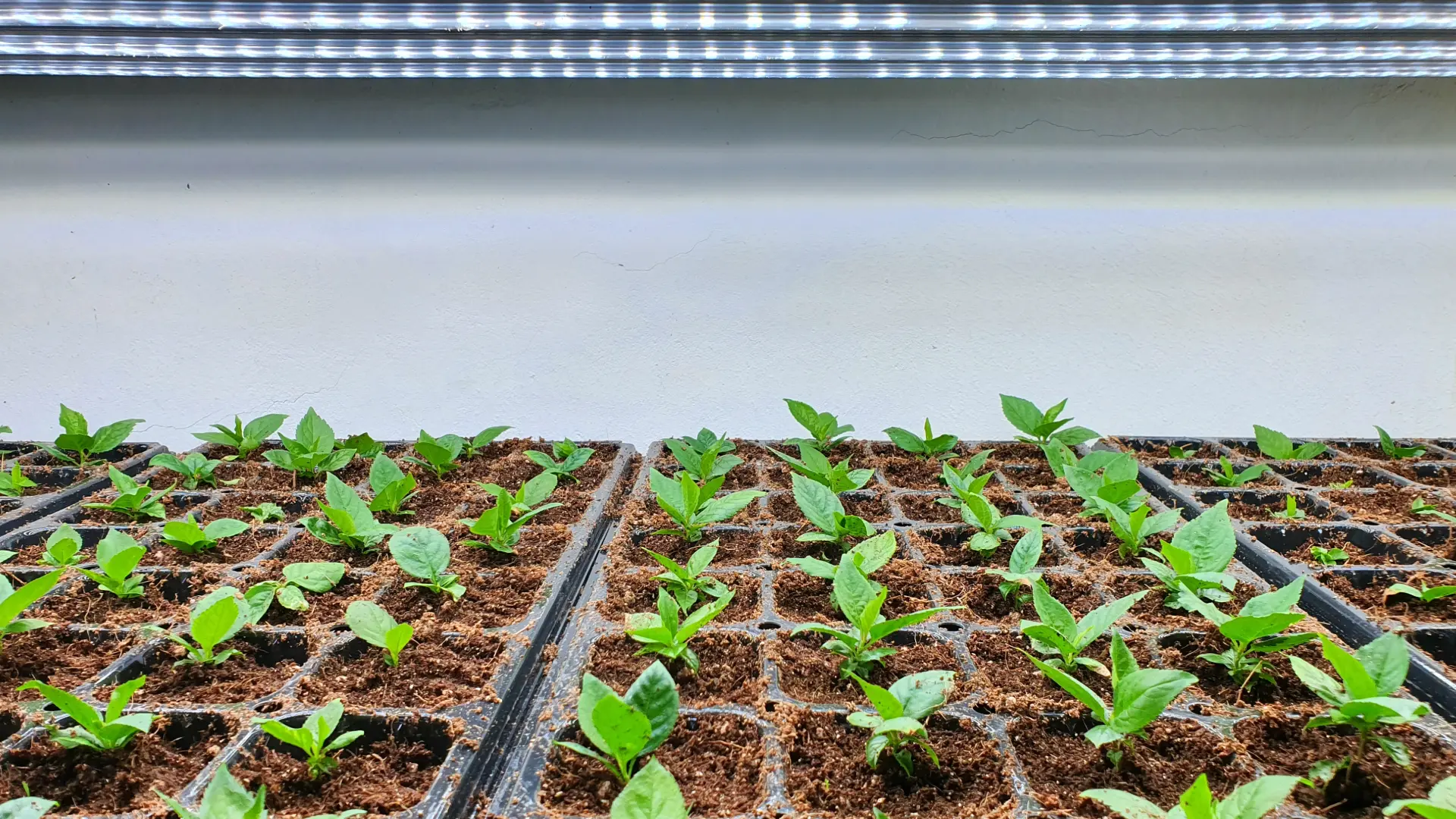
Lighting & Technique
Gina Lazaarus
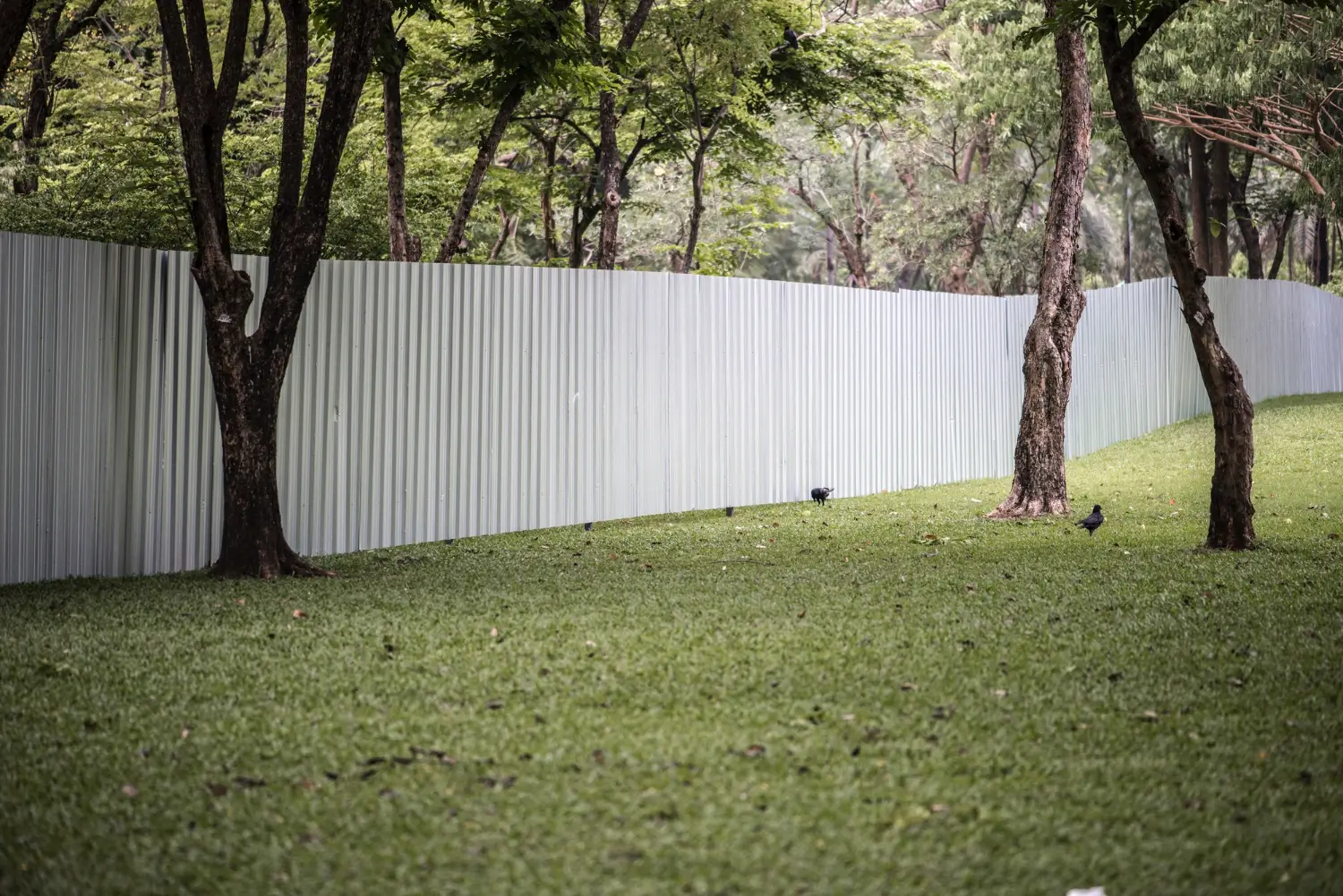
Construction Tips & Techniques
Victor Miller
My Account
Our team is always here to help.
We are open Monday - Friday, 9:00 AM to 4:30 PM PST.